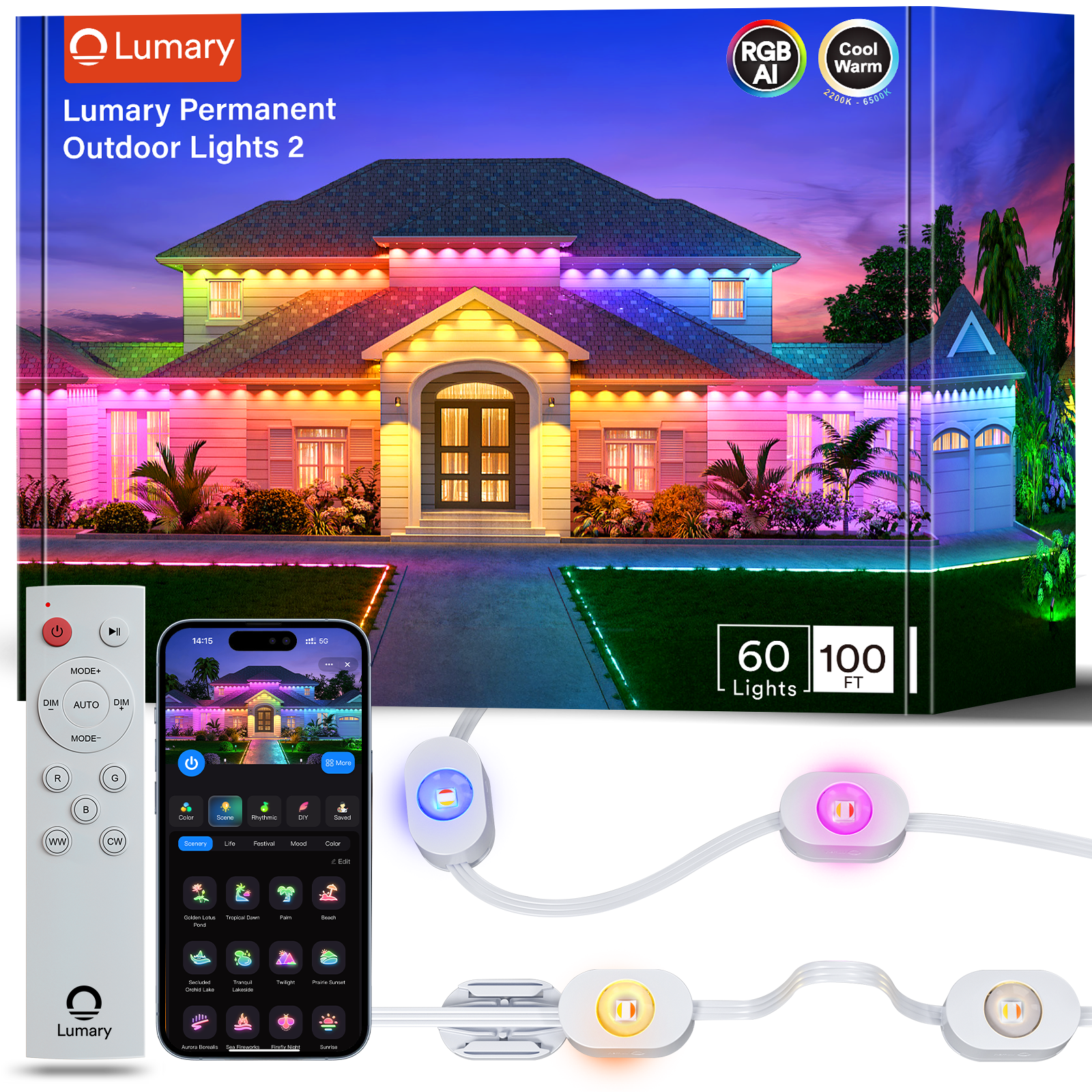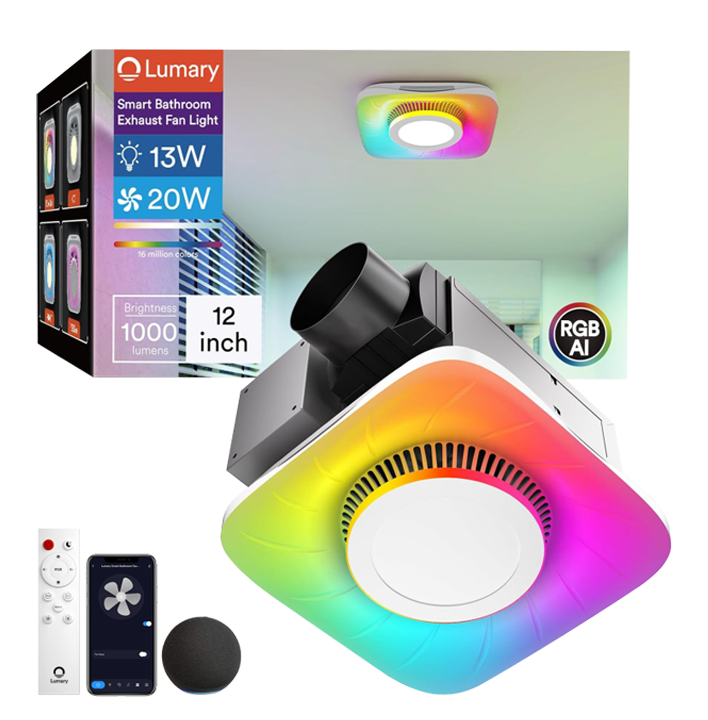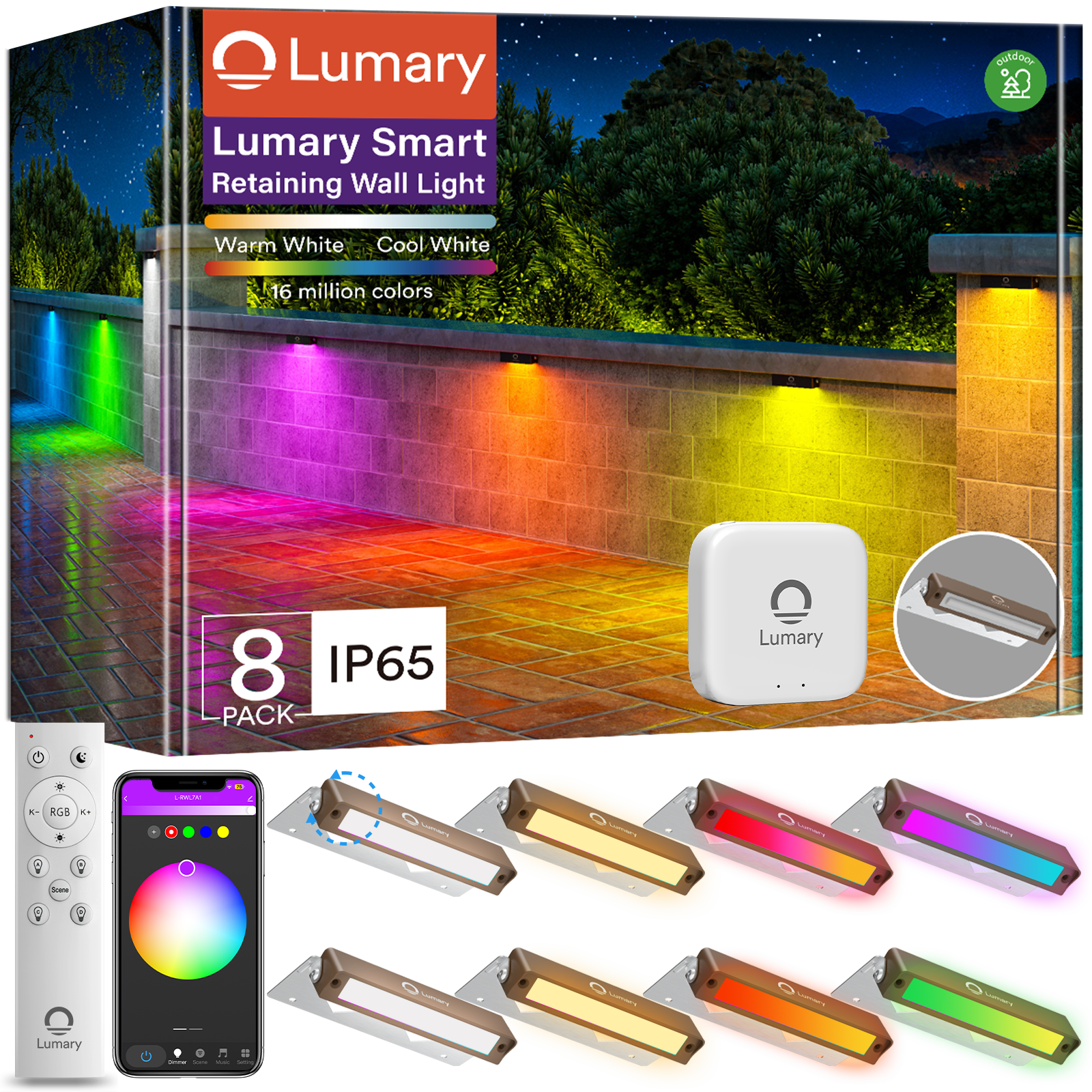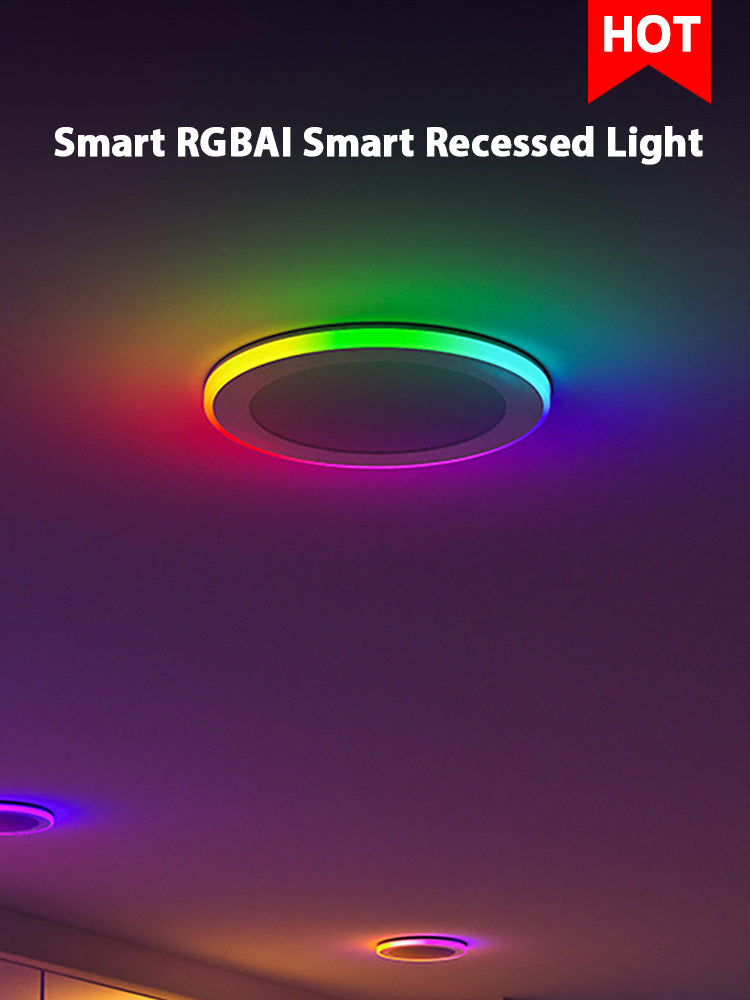LED retrofit lights are a game-changer for your home lighting. They offer a simple way to upgrade your existing fixtures with energy-efficient LED technology. You can enjoy brighter, longer-lasting illumination while reducing your electricity bills. Energy efficiency in home lighting is crucial. It not only saves you money but also helps the environment by reducing energy consumption. LED lights, though only 40% efficient at best, still outperform traditional bulbs. By switching to LED retrofit lights, you contribute to a greener planet and enjoy modern lighting solutions.
Why Consider LED Retrofit Lights?

Switching to LED retrofit lights can transform your home lighting experience. These lights offer numerous benefits that make them a smart choice for any homeowner. Let's dive into why you should consider making the switch.
Benefits of LED Retrofit Lights
Energy Efficiency
LED retrofit lights are champions of energy efficiency. They convert at least 60% of the energy they consume into light, which is a significant improvement over traditional lighting options. This means you get more light for less energy, reducing your electricity bills. By choosing LED retrofit lights, you not only save money but also contribute to a more sustainable environment.
Longevity and Durability
When it comes to longevity, LED retrofit lights outshine their counterparts. They have a longer lifespan, which means fewer replacements and less hassle for you. Their durability ensures they withstand the test of time, providing consistent lighting without frequent maintenance. This reliability makes them a cost-effective solution in the long run.
Cost Savings
The initial investment in LED retrofit lights pays off quickly. Their energy efficiency leads to lower utility bills, and their long lifespan reduces replacement costs. Over time, you'll notice significant savings, making LED retrofit lights a wise financial decision for your home.
Environmental Impact
Reduced Carbon Footprint
By using LED retrofit lights, you actively reduce your carbon footprint. These lights consume less energy, which means fewer greenhouse gas emissions from power plants. Every small step counts, and switching to LED retrofit lights is a simple way to make a positive impact on the environment.
Eco-friendly Materials
LED retrofit lights are made with eco-friendly materials, minimizing their environmental impact. Unlike traditional bulbs, they don't contain harmful substances like mercury. This makes them safer for both your home and the planet. Choosing LED retrofit lights aligns with a commitment to sustainability and responsible living.
Incorporating LED retrofit lights into your home is a decision that benefits both you and the environment. With their energy efficiency, durability, and eco-friendly nature, these lights offer a modern solution to traditional lighting challenges. Make the switch today and enjoy the advantages of LED technology.
Preparing for Installation
Before you dive into installing LED retrofit lights, it's essential to gather the necessary tools and materials. This preparation ensures a smooth and efficient installation process.
Necessary Tools and Materials
List of Required Tools
To get started, you'll need a few basic tools. Here's a handy list to help you prepare:
-
Screwdriver: A versatile tool for removing and securing fixtures.
-
Wire Strippers: Essential for handling electrical wires safely.
-
Voltage Tester: Ensures that the power is off before you begin working.
-
Drill: Useful for making any necessary adjustments to the fixture housing.
Having these tools on hand will make the installation of your LED retrofit lights much easier.
Safety Equipment
Safety should always come first. Equip yourself with the following safety gear:
-
Safety Glasses: Protect your eyes from debris and dust.
-
Gloves: Provide a better grip and protect your hands from sharp edges.
-
Ladder: Ensure stability when reaching high fixtures.
With these safety measures in place, you can confidently proceed with your LED retrofit light installation.
Types of LED Retrofit Lights
Understanding the different types of LED retrofit lights available will help you choose the best option for your home.
Screw-in Bulbs
Screw-in bulbs are the simplest form of LED retrofit lights. They fit into existing sockets just like traditional bulbs. This makes them an easy and quick upgrade for your lighting system. You simply remove the old bulb and screw in the new LED bulb. It's as straightforward as it sounds!
Recessed Lighting Kits
Recessed lighting kits offer a more integrated solution. These kits typically include everything you need to replace existing recessed lights with LED retrofit lights. They often come with spring clips for easy attachment to the existing housing. This type of LED retrofit light is perfect for those looking to modernize their ceiling lighting.
Panel Lights
Panel lights provide a sleek and modern look. They are ideal for spaces where you want a clean, flush appearance. These LED retrofit lights are often used in kitchens or offices. They offer a broad spread of light, making them perfect for illuminating larger areas.
By understanding these types of LED retrofit lights, you can make an informed decision that suits your home's needs. Whether you opt for screw-in bulbs, recessed lighting kits, or panel lights, each option offers unique benefits that enhance your home's lighting.
Step-by-Step Installation Guide

Installing LED retrofit lights in your home can seem daunting, but with a clear guide, you can tackle this project with confidence. Let's walk through the process step by step.
Pre-Installation Steps
Before you start, ensure safety and efficiency by following these initial steps.
Turn Off Power
First things first, always prioritize safety. Head to your breaker box and turn off the power to the area where you'll be working. This step is crucial to prevent any electrical accidents. Use a voltage tester to double-check that the power is indeed off before proceeding.
Remove Existing Bulbs
Next, remove the existing bulbs from their fixtures. Gently unscrew them and set them aside. If you're dealing with recessed lighting, you might need to remove the trim or housing as well. Keep your workspace organized by placing all removed components in a safe spot.
Installing LED Retrofit Lights
With the old bulbs out of the way, it's time to install your new LED retrofit lights.
Fitting the New Bulbs
Begin by fitting the new LED retrofit light into the existing socket. If you're using screw-in bulbs, simply twist them into place. For recessed lighting kits, attach the LED unit to the housing using the provided spring clips. These clips make the installation process straightforward and secure.
Securing the Fixtures
Once the bulbs are in place, ensure that the fixtures are secure. Tighten any screws or fasteners to prevent wobbling or movement. Properly secured fixtures not only look better but also function more effectively.
Post-Installation Checks
After installing your LED retrofit lights, perform a few checks to ensure everything is working perfectly.
Testing the Lights
Turn the power back on at the breaker box and test your new lights. Flip the switch and observe the illumination. If any lights flicker or fail to turn on, double-check the connections and fittings.
Adjusting for Optimal Lighting
Finally, adjust the lights for optimal brightness and direction. Consider the ambiance you want to create in each room. If your LED retrofit lights are dimmable, experiment with different settings to find the perfect balance.
By following these steps, you can successfully install LED retrofit lights in your home. This upgrade not only enhances your lighting but also contributes to energy efficiency and cost savings. Enjoy the benefits of modern lighting technology with your new setup.
Tips for a Successful Installation
Installing LED retrofit lights can be a rewarding project, but it's important to avoid common pitfalls and enhance your lighting aesthetics. Here are some tips to ensure success.
Common Mistakes to Avoid
Incorrect Bulb Size
Choosing the wrong bulb size can lead to poor fit and performance. Always check the specifications of your existing fixtures. Measure the diameter and depth to ensure compatibility with your new LED retrofit light. This simple step prevents frustration and ensures a seamless installation.
Overlooking Safety Precautions
Safety should always be your top priority. Before you start, turn off the power at the breaker box. Use a voltage tester to confirm there's no electricity flowing. Wear safety glasses and gloves to protect yourself from debris and sharp edges. These precautions keep you safe and make the process smoother.
Enhancing Lighting Aesthetics
Choosing the Right Color Temperature
The color temperature of your LED retrofit light affects the mood of your space. A warmer temperature (around 2700K) creates a cozy atmosphere, perfect for living rooms and bedrooms. Cooler temperatures (up to 6500K) work well in kitchens and offices where bright, clear light is needed. Consider the function of each room when selecting your lights.
Using Dimmers
Dimmers add flexibility to your lighting setup. They allow you to adjust the brightness to suit different activities and moods. Make sure your LED retrofit light is compatible with dimmer switches. This feature not only enhances ambiance but also contributes to energy savings.
By keeping these tips in mind, you can enjoy a successful installation of your LED retrofit lights. You'll create a beautifully lit home that combines functionality with style.
Troubleshooting Common Problems
Even with the best preparation, you might encounter some issues when installing LED retrofit lights. Don't worry—most problems have simple solutions. Let's explore some common issues and how to fix them.
Flickering Lights
Flickering lights can be annoying and might indicate a problem with your LED retrofit light setup. Here are some common causes and solutions:
Causes and Solutions
-
Incompatible Dimmer Switches: If your lights flicker, check if your dimmer switch is compatible with LED lights. Many older dimmers don't work well with LEDs. You might need to replace your dimmer with one designed for LED lights.
-
Loose Connections: Flickering can also result from loose connections. Ensure all wires and fixtures are securely connected. Tighten any loose screws or fittings to stabilize the connection.
-
Voltage Fluctuations: Sometimes, voltage fluctuations in your home's electrical system cause flickering. Use a voltage tester to check for inconsistencies. If you find issues, consult an electrician to address the problem.
-
Overheating: LED retrofit lights can flicker if they overheat. Ensure your lights have proper ventilation. Avoid covering them with insulation or other materials that trap heat.
Incompatibility Issues
Incompatibility issues can arise when your LED retrofit lights don't match your existing fixtures or electrical setup. Here's how to identify and fix these problems:
Identifying and Fixing
-
Check Specifications: Before purchasing LED retrofit lights, review the specifications of your existing fixtures. Ensure the new lights fit properly and are compatible with your current setup. This step prevents many compatibility issues.
-
Lampholder Compatibility: Some existing lampholders might not work well with LED retrofit lights. Check the spec sheets for your lampholders to ensure compatibility. If necessary, replace incompatible lampholders with ones that support LED technology.
-
Power Supply Issues: LED retrofit lights require a stable power supply. If your power supply generates too much heat, it can lead to product failure. Ensure your power supply is suitable for LED lights and replace it if needed.
-
Fixture Replacement: In some cases, the entire fixture might need replacement if the LED modules or power supply fail. Consider this option if other solutions don't resolve the issue.
By addressing these common problems, you can enjoy the full benefits of your LED retrofit lights. Troubleshooting might seem daunting, but with a little patience and attention to detail, you'll have a beautifully lit home in no time.
LED retrofit lights offer you a host of benefits. They save energy, last longer, and reduce costs. By switching to these lights, you not only cut down on electricity bills but also contribute to a greener planet. As Nigel shared, "Our electricity averaged around $630/month before the upgrade, compared with the September bill that we just got of only $370." That's a significant saving! Embrace energy-efficient lighting today. You'll find the installation process straightforward and rewarding. Enjoy the modern, eco-friendly lighting solution that LED retrofit lights bring to your home.

















